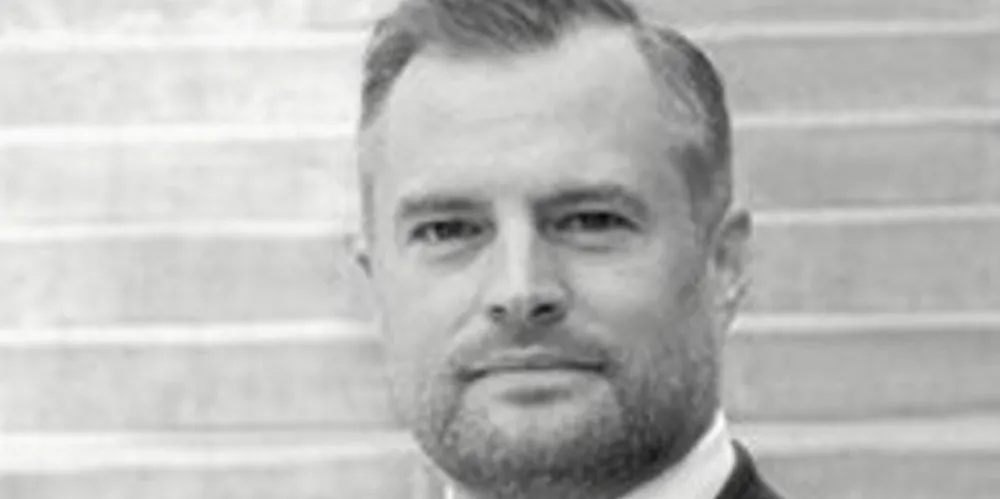Floating wind vet Sandberg takes reins for market drive by Swedish pioneer SeaTwirl
Pioneering former DNV sector lead most recently with Aker Offshore Wind expects commercialisation of innovative vertical axis model 'well before 2030'

Pioneering former DNV sector lead most recently with Aker Offshore Wind expects commercialisation of innovative vertical axis model 'well before 2030'
